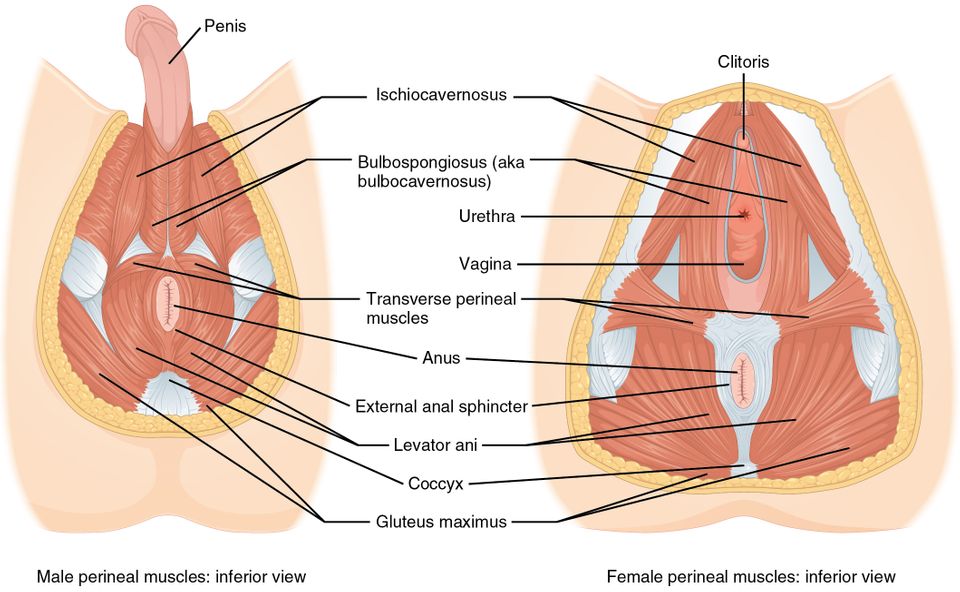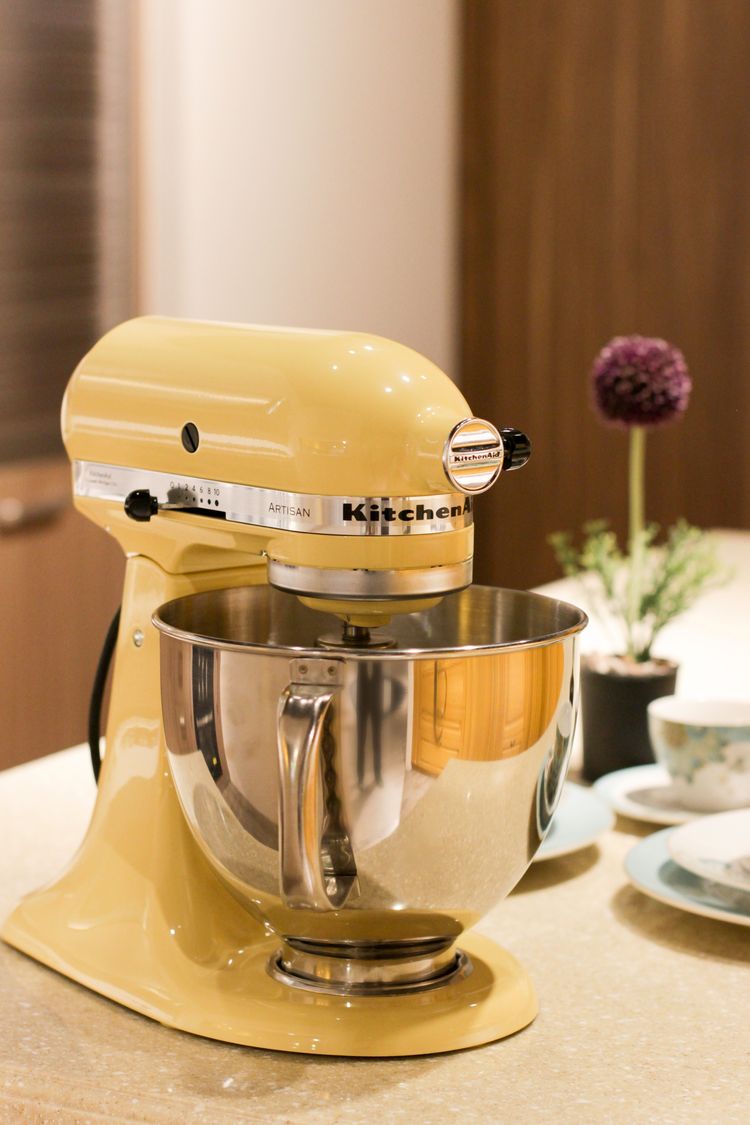Issue 46 Blue Crab Edition - Pelvic Floor, Weight Loss

Welcome back! I’ve been gone from the Crab for a couple of weeks, both taking a break (to go Bikepacking!) and doing a revamp of the newsletter (as you can see) and the site (as you will see soon). I’ve also been doing some planning for the future of the Crab and that will be revealed as we close in on our anniversary celebration in a few weeks. Today though, we have regularly scheduled programming. Buckle up, it’s time to dive in!
Behavioral Mods for Pelvic Floor
The Gist - Researchers wanted a simpler way to help people with pelvic floor dysfunction and lumbopelvic pain, so they made one up and tested it. It was a 30 day intervention where participants were taught a home exercise program in 8, 45-minute sessions as a group, then instructed to perform it three additional days per week, a total of 5 sessions/wk. The paper has all the details of what they did, but it’s very simple breath work, avoidance of high heels, use of a squatty potty, and other similar things in addition to the Pelvicore. Afterward, patients significantly improved LBP, pelvic quality of life, pelvic floor activation, and diastasis recti separation, among other things. If you’re interested in implementing it, check out the 4th page of the paper for the full protocol. It’s quite simple except for the specialized tool.
Tell Me More - I’m featuring more and more pelvic floor articles as I hear from more pelvic floor PTs and the profession publishes more in the area. It’s a problem that affects over 75% of women at some point in their lives and emerging research is showing that men often could use pelvic floor PT as well. In this particular study, the differences the exercise program and behavior mods made were huge. 38% improvement on the Oswestry lower back, 54% on the Pelvic Floor Disability Indec, 48% increased pelvic muscle activation, and more. It’s quite ground-breaking stuff for a pretty simple intervention.
Lemme see those deets. Sure thing. It’s available for APTA members here and I requested an open access version on ResearchGate as well.
Weight Loss Reduces MSK Pain! A little bit…
The Gist - In my third systematic review of the day (why did I do this to myself?) we’re talking about weight loss. 38 glorious pages about whether weight-loss interventions (from 16 RCTs) reduce pain and disability in people with Knee or Hip OA and spinal pain. Good news, they do! In OA, weight loss provides small to moderate improvements in pain and disability. BUT this was only in trials with low-credibility evidence. Ouch. Weight-loss interventions did help people lose weight though, so that’s nice :). From what we know about OA, it looks like being overweight helps you get it, but losing weight doesn’t improve it. Regular PT works better.
Tell Me More - This article is riddled with data, subgroup analysis, and more. If you’re into all this, I highly recommend checking it out. This review was more than double the size of a previous one covered in PT Crab (way back in Issue 1) so it adds much more weight to the claim that weight loss doesn’t really help OA much. I’ve only talked about OA so far, but the trial included spinal pain too. What were the results there? Limited. Only 3 trials covered that topic and their data was extremely heterogenous. The researchers recommend throwing them out of your reasoning and I’m happy to comply. I leave you with this quote where the researchers reflect on what their data really means:
Although guidelines endorse weight loss as a core treatment for OA, our review suggests that exercise is a critical ingredient for managing OA. Weight loss might not contribute to greater effects on pain and disability. For example, we found that diet and exercise interventions led to greater improvements in pain and disability but no difference in weight loss…. Osteoarthritis management guidance should be cautious about overemphasizing the importance of weight loss for pain and disability, and instead focus on a comprehensive package of care, including exercise.
Whole paper? Sure, whole paper.
That’s the week! Hope you enjoyed. Here’s where I’m looking for help. I need guest editors for some future editions of PT Crab. Know a PT or researcher you think would have interesting papers or topics in mind for us to cover? Or do you know some yourself? Let me know! I’ll be reaching out to guest editors for ideas this week and next and I’d love to have you or someone you admire included. All they would have to do is share a bit of info about themselves, give me a paper or topic they’re particularly interested in with some notes on why, and leave the rest to me. Email Luke@PTCrab.org with any ideas or suggestions of articles or people, or share this with them. Thanks!
Featured image credit: By OpenStax - https://cnx.org/contents/FPtK1zmh@8.25:fEI3C8Ot@10/Preface, CC BY 4.0, https://commons.wikimedia.org/w/index.php?curid=30131691






Comments
Want to leave a comment and discuss this with your fellow PTs? Join PT Crab and get summarized PT research in your inbox, every week.